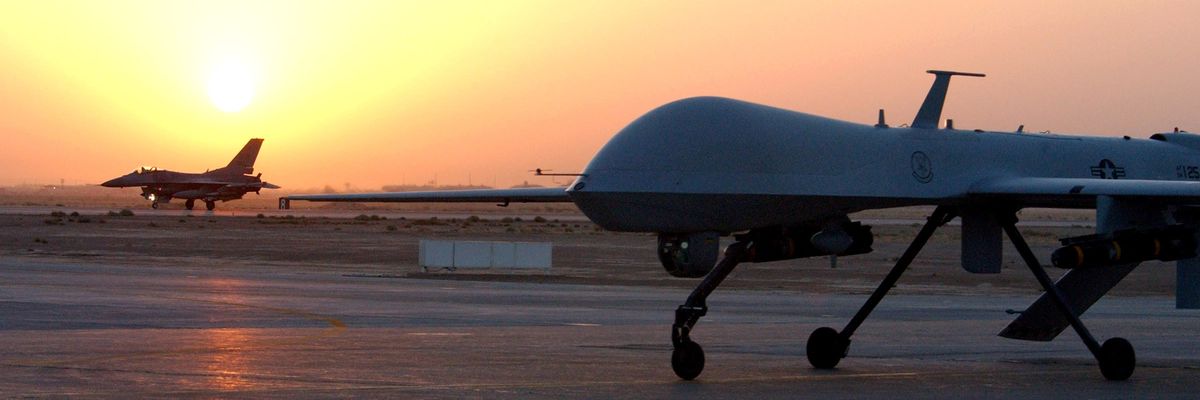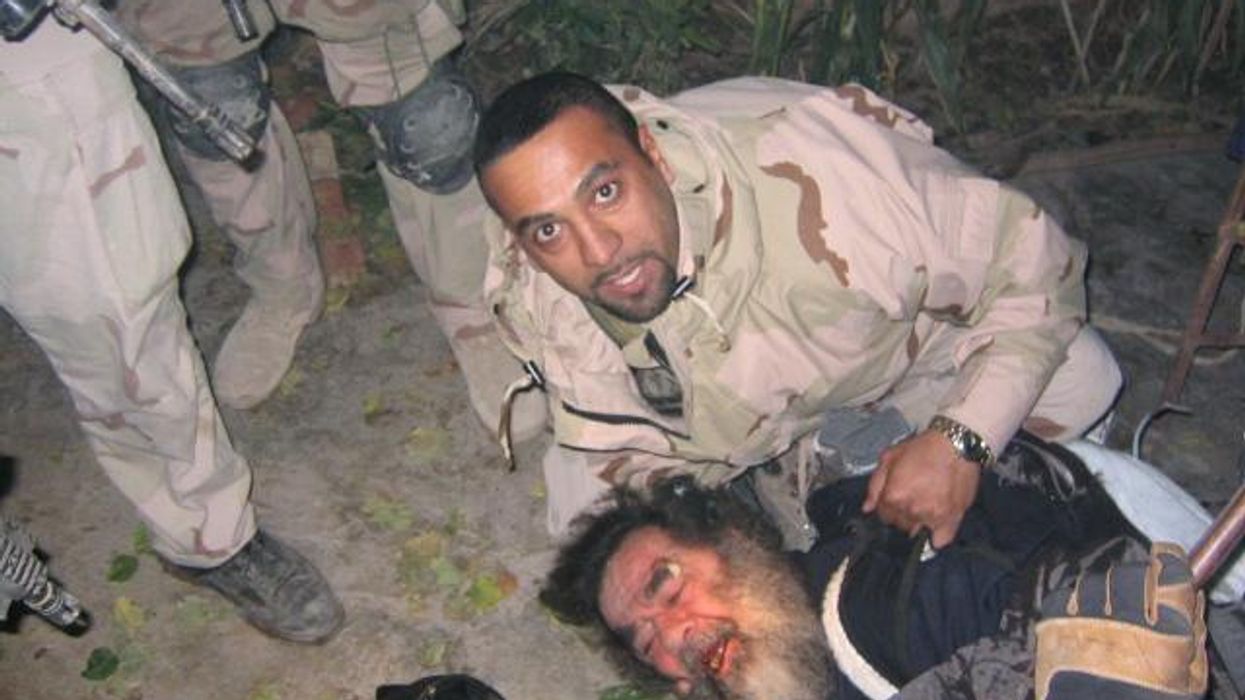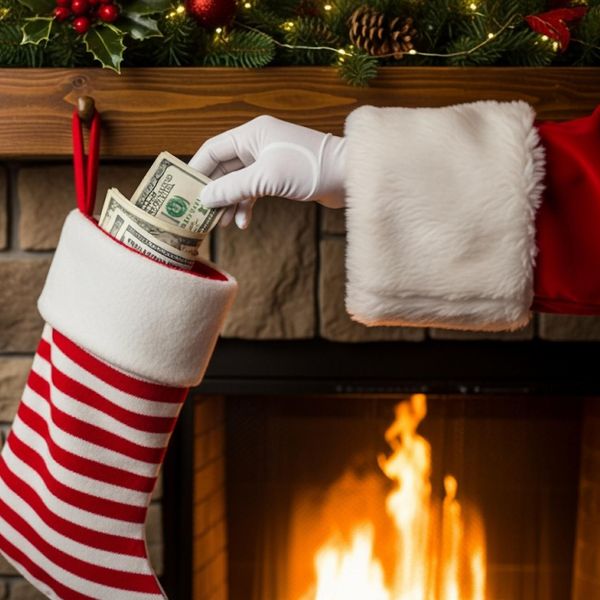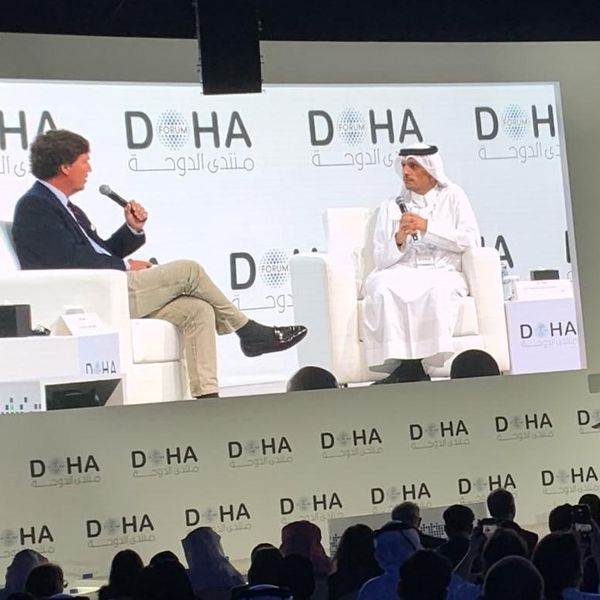On July 20, the United States conducted its first strike in Somalia since the Biden administration took office — or at least the first strike acknowledged by the U.S. military’s Africa Command, or AFRICOM. For the first six months of Biden’s term, the previously high pace of U.S. strikes in Somalia, as tracked by New America, seemed to have paused — likely in part due to the administration’s review of policies regarding counterterrorism strikes.
Since the July 20 strike, AFRICOM has reported two more sets of strikes — one on July 23 and one on August 1. With the United States seemingly returning to waging an active air war in Somalia, AFRICOM’s recent press releases should raise concern that it may be backtracking on providing transparent reporting of the impact of its strikes. Notably none of these press releases provide details on the assessed number of casualties or other damage except to note that AFRICOM assesses no civilians were killed or injured in the strikes.
In contrast, prior the Biden administration taking office, AFRICOM had released five press releases acknowledging strikes in Somalia. Of these, all but one reported an assessed death toll for those not believed to be civilians.
On January 2, 2021, AFRICOM acknowledged an air strike in a press release, an updated version of which reads in part, “Current assessments indicate the strike killed three and wounded one al-Shabaab members and destroyed six and damaged one al-Shabaab compound buildings.”
On January 7, 2021, AFRICOM released a statement regarding a strike that reads in part, “Initial assessments indicate the strike killed five al-Shabaab members including the targeted al-Shabaab leaders.”
On January 13, 2021, an AFRICOM press release included the language, “Initial assessments indicate the strike killed one al-Shabaab personnel and destroyed one compound.”
Five days later, AFRICOM released the only press release of 2021 prior to the Biden administration taking office that did not report an assessed number of non-civilian deaths and injuries. However, it did provide a report on other battle damage, reading, “Initial assessments indicate the strike destroyed one al-Shabaab compound.”
Finally, two days before Biden took office, AFRICOM released a statement that read in part, “Initial assessments indicate the strikes killed three al-Shabaab operatives.”
The language recounted above is notably absent from the three strikes under the Biden administration. It is possible that such assessments will be forthcoming in the future and are just delayed by difficulties in conducting the assessment or the need to protect sources.
The July 20, press release, for example, stated, “A battle-damage assessment is still pending due to the ongoing engagement between al-Shabaab and Somali forces, however the command’s initial assessment is that no civilians were injured or killed as a result of this strike as the strike targeted known al-Shabaab fighters and took place in a remote area.”
AirWars, which also tracks U.S. strikes in Somalia, notes Somali state media claimed that at least 20 al-Shabaab fighters were killed in the strike. The July 23 press release stated in part, “The command’s initial assessment is that no civilians were injured or killed given the remote nature of where this engagement occurred,” and concluded, “Due to operational security U.S. Africa Command is unable to release further information at this time.” As Airwars reports, the Somali Ministry of Information stated that “the precision strike only destroyed al-Shabaab fighters and weapons with zero civilian casualties.”
However, the August 1 press release provides no such possible explanation for the lack of damage assessment beyond civilian casualties. Meanwhile, a statement from Somalia’s Information Ministry reads in part, “The airstrikes destroyed a large al-Shabab firing position engaging Danab and SNA (Somali National Army) forces as they approached.” AirWars notes that it has seen no local reports of civilian harm from the strikes covered by the August 1 press release and that a pro-al-Shabaab outlet said that no casualties generally were reported from the strikes.
While it is possible that AFRICOM will release more detailed assessments of the impact of these strikes, that there have now been three strikes under the Biden administration with no public description of casualty assessments beyond civilian casualties is worrisome. This is particularly the case as the military has a tendency to contend that there is no good reason to release body counts of its strikes.
Reporting the deaths and injuries American strikes cause — even among those assessed not to be civilians — is important. There are deep moral issues with refusing to let the public see the impact of American strikes. As journalist Spencer Ackerman has recently written, “Refusing to tally the dead ensured that the work of naming the dead would be minimal, periodic, and incomplete,” adding, “Rendering people into statistics would have been dehumanizing enough. But they were not even statistics.” Ackerman correctly identifies the way that only naming the civilian dead also plays into the U.S. government’s flawed and often wrong assessments of who is a civilian, hampering efforts to check such conclusions.
Not reporting casualties when they are not reported to be civilians also papers over the ways in which the damage and human pain of American warfare cannot be reduced to legalistic categories. There are real questions regarding how much moral weight can truly be placed on the belligerent/civilian distinction when belligerents tend to lack an ability to cause harm to those targeting them remotely — as was the case in the three strikes during the Biden administration — each of which involved air strikes called in support of Somalia forces advised remotely by U.S. forces who were not on the ground.
Finally, it is worth considering how not providing assessments of casualties beyond civilians can warp assessments of the threat posed by terrorist groups. For example, a lack of discussion of the toll of U.S. air strikes against ISIS helped inflate the perceived number of foreign fighters in Syria — and thus presumably the public’s fear of ISIS — by using a count that could only grow without discussing the extent to which foreign fighters were being killed.
There are moral and strategic reasons to be concerned when the apparent lack of detailed assessments of all the casualties in the United States’ recent strikes in Somalia. With luck, AFRICOM will release further detail in the coming weeks and months, and the lack of detail can be chalked up to the difficulties of making quick and accurate assessments in the types of strikes seen so far under the Biden administration. But the lack of detail so far should give pause. . And if the context of recent strikes makes it more difficult to report assessments quickly, that should itself be part of considerations of the recent re-escalation of U.S. strikes in Somalia.
















